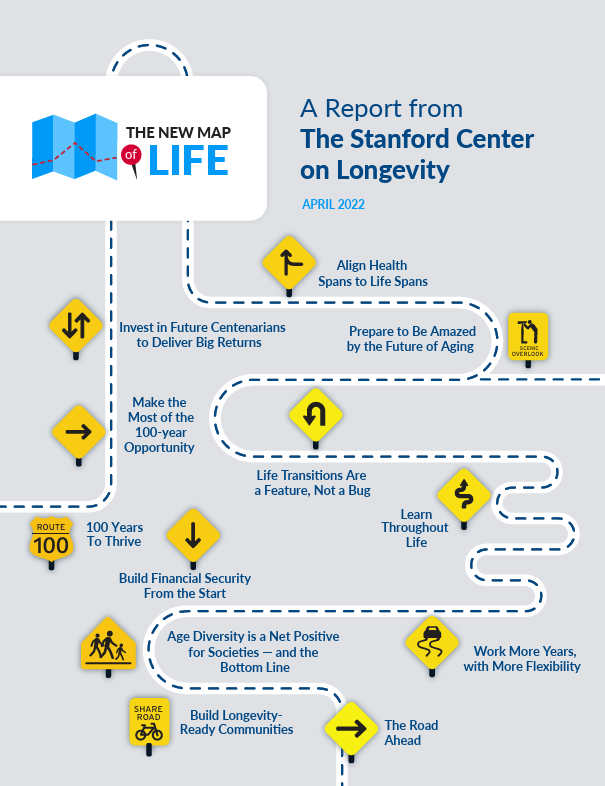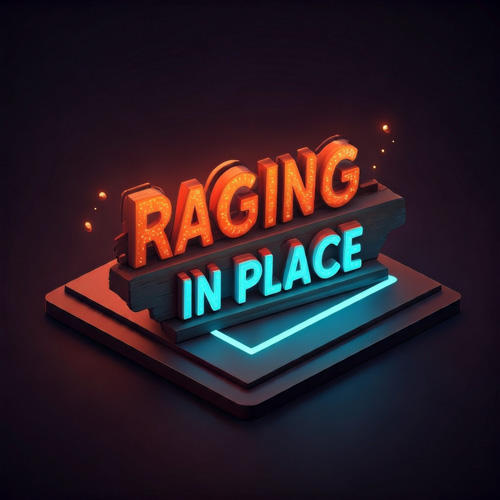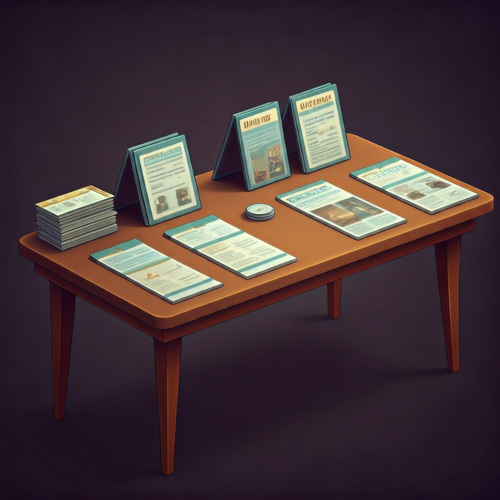We all know sleep is crucial for cognitive function. But as we age, both sleep quality and cognitive health can decline. Could there be a non-invasive way to address both?
A fascinating new MIT project explores the potential of sensory stimulation to improve sleep and preserve cognitive health. This research, highlighted in a recent Longevity Technology article, offers hope for Generation X. We’re starting to notice subtle (and not-so-subtle) changes that come with aging.
The MIT project focuses on gentle sensory stimulation, like sounds or vibrations, during sleep. The goal is to enhance specific brainwave activity associated with deep sleep. Deep sleep is essential for memory consolidation and overall cognitive function. Researchers are investigating whether this targeted stimulation can improve sleep quality and cognitive performance.
The implications of this research are huge. As we navigate mid-life and beyond, maintaining cognitive sharpness is a top priority. If sensory stimulation proves effective, it could offer a non-pharmaceutical approach to combat age-related cognitive decline and improve sleep quality. For a generation that grew up with personal computers and now faces an aging world, this innovative research is particularly relevant. We’re at an age where proactive steps for health and well-being are increasingly important.
The Longevity Technology article emphasizes the early stages of this research. But the potential is undeniable. Imagine a future where a simple, non-invasive device could help us achieve deeper, more restorative sleep and protect our cognitive abilities as we age. It’s a future worth exploring.











